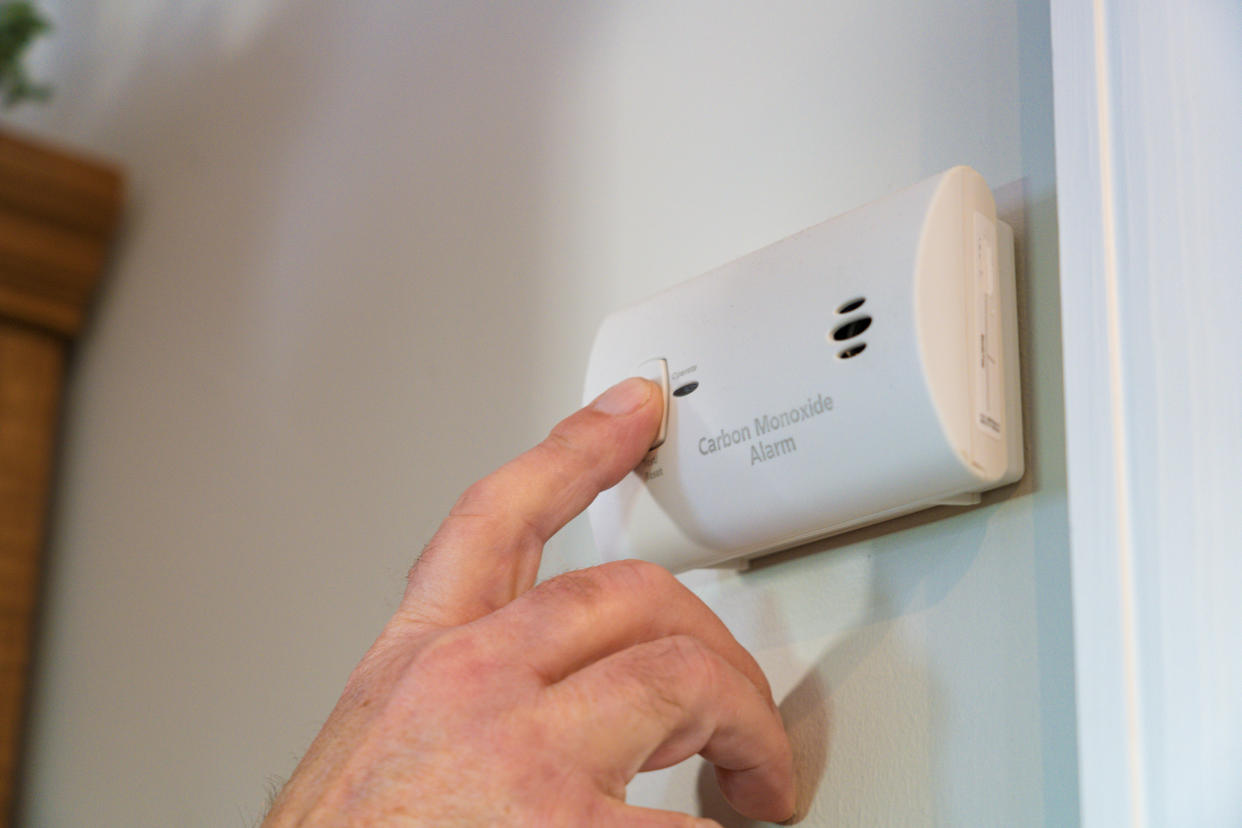Here's how to spot and prevent carbon monoxide poisoning in wake of Marines' tragic death

Three U.S. Marines found unresponsive in a car outside a North Carolina gas station this week died of carbon monoxide poisoning, with officials telling the Associated Press that the situation “seems accidental” and they “have found nothing else that shows that it’s something else,” such as suicide.
Each year in the United States, more than 100,000 people visit the emergency department due to accidental CO poisoning, and at least 420 die, according to the Centers for Disease Control and Prevention. Of these accidental deaths, more than 150 are not fire-related. Here’s what you need to know about this dangerous gas.
What is carbon monoxide?
Carbon monoxide, also known as the “invisible killer,” is a colorless, odorless, tasteless gas. A byproduct of combustion, or burning, CO can leak from everyday appliances like stoves, dryers, water heaters or gas fireplaces, or from car or truck engine exhaust. Gas appliances are designed to vent CO outdoors, but if there’s a malfunction they can leak it indoors and cause carbon monoxide poisoning.
Breathing in a lot of CO can make you pass out, or kill you.
What are the signs of CO poisoning?
Common symptoms are often flu-like and include headache, dizziness, upset stomach, chest pain or confusion, but highly concentrated levels of CO can cause a person to pass out without feeling symptoms.
Because CO has no smell, color or taste, it’s impossible to detect without the right equipment, but there are some signs you can look for. It’s sometimes accompanied by other exhaust gases that you can smell, so be aware of any unusual odors. If you have a fireplace, look out for fallen soot or an upward draft in the chimney flue. And take notice of any “sooty or brownish-yellow stains” near appliances.
How can you keep yourself and loved ones safe?

Since CO is lighter than air, it tends to gather near the ceiling. So CO detectors should be installed in each floor of your home at least 5 feet above ground — ideally near sleeping areas and in the same room as gas- or wood-burning appliances — and tested once a month, according to the U.S. Fire Administration. Also make sure that home heating equipment is inspected annually, including gas appliances and chimneys.
To avoid carbon monoxide poisoning in your vehicle, the CDC recommends having your exhaust system checked every year, as even a small exhaust leak can lead to CO buildup inside your car or truck. If your vehicle has a tailgate, open the vents or windows after opening the tailgate to make sure air is moving through — otherwise CO from the exhaust can be pulled into the vehicle.
